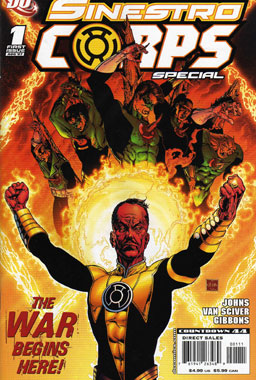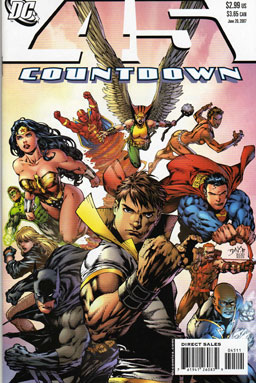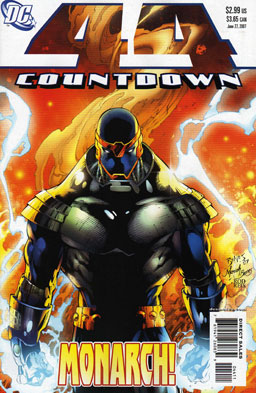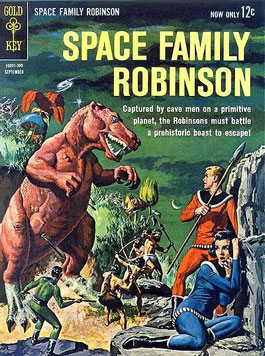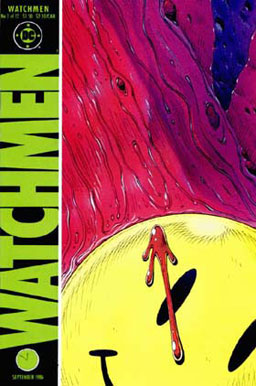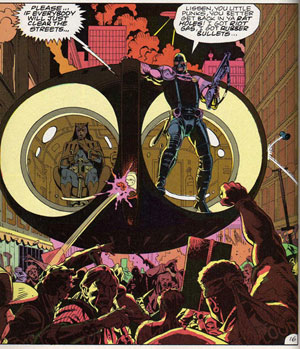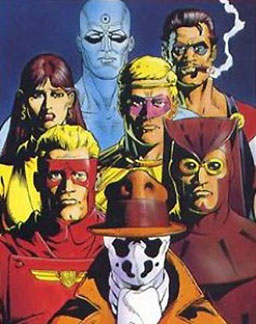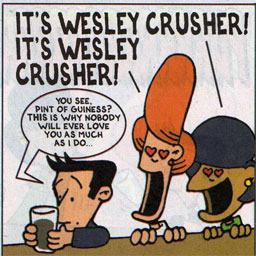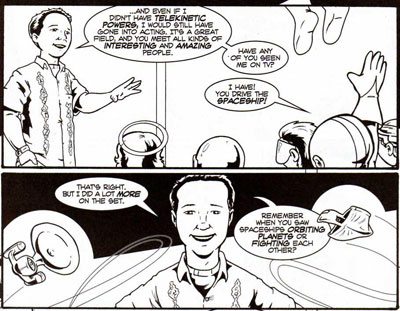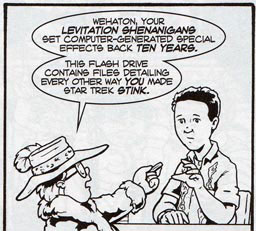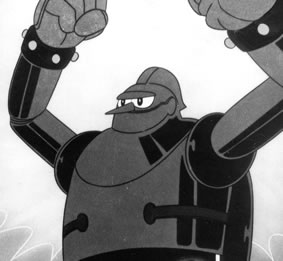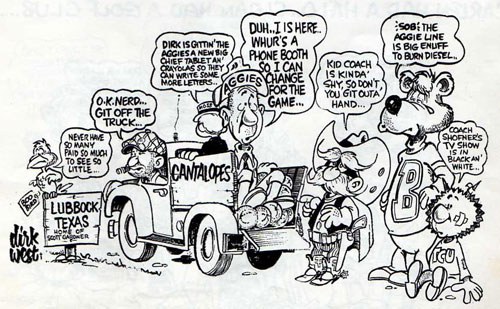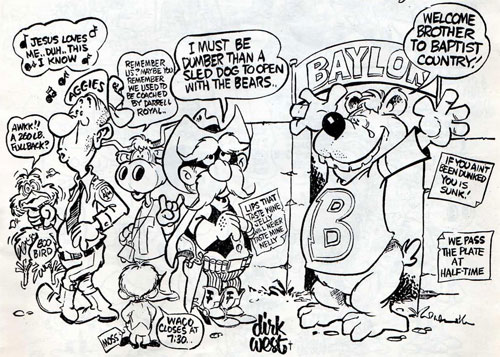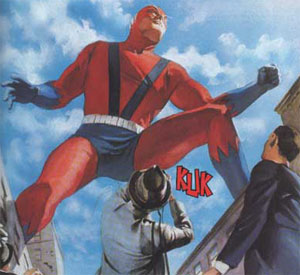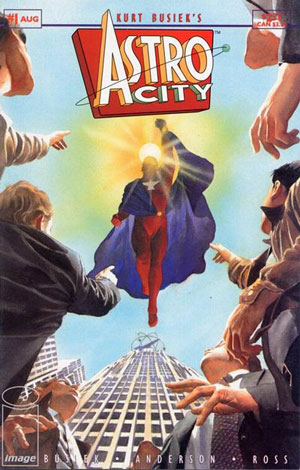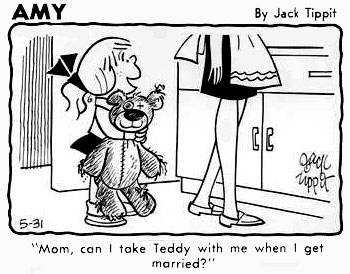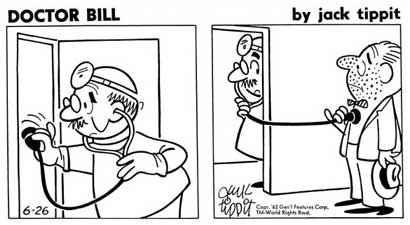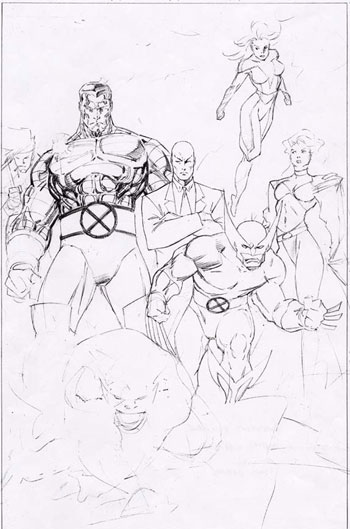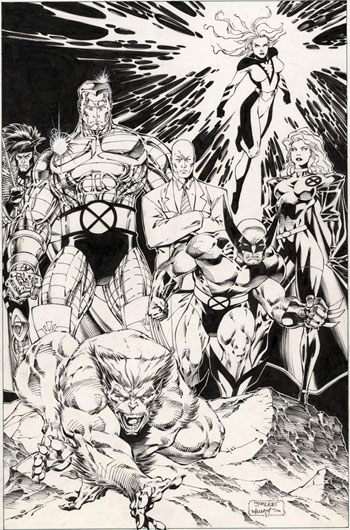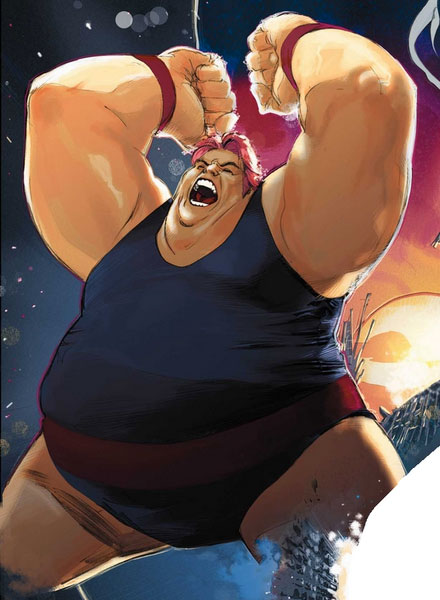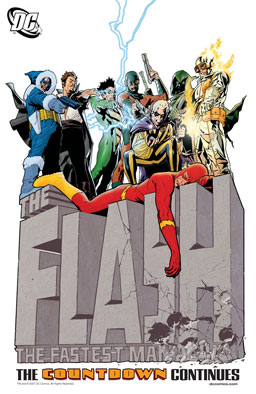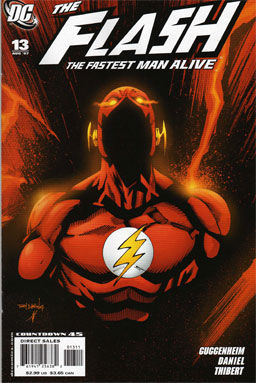Yellow Fever
In Blackest Night
DC spent the last couple of weeks bragging that all the fans of former Green Lantern Kyle Rayner would hate them after the “Sinestro Corps” comic. Turns out that most people think it’s A-OK.
There are spoilers ahead. But you’ve probably already heard the rumors and seen the previews of future covers, so there aren’t any great surprises if you’ve been paying attention.
We start out with the evil Sinestro, disgraced Green Lantern wearing a yellow power ring and serving a cosmic god of fear, making dastardly plots. He sends out a few thousand yellow rings to the most evil and most fearsome creatures in the galaxy, recruiting them into his new Sinestro Corps. Kyle, who doesn’t have a ring but is basically powered by pure souped-up mega-Lantern energy, gets kidnapped by Sinestro and attacked by all of the monsters in the Sinestro Corps. He gets completely depowered when Sinestro rips Ion, the Lantern symbiote, out of his body, then Sinestro reveals that he was responsible for the death of Kyle’s mother. Kyle is entirely demoralized, and Sinestro forces the evil Parallax entity into Kyle’s body, turning him into a newly evil demigod — the same entity that Hal Jordan himself spent a few years as…
On top of all that, the Sinestro Corps attack Oa and free two of the prisoners being held there — Superboy Prime, the Big Bad of last year’s “Infinite Crisis” storyline, and the Cyborg Superman, who destroyed Coast City, Jordan’s hometown, all those years back. Of course, they get inducted into the Sinestro Corps, along with the Manhunter robots who’ve plagued the Green Lanterns for ages.
You think I’ve spoiled the whole story now, don’tcha? Wrong. I haven’t told you who’s really behind the Sinestro Corps. It ain’t Sinestro. It ain’t Parallax. It’s…
No, I ain’t telling. Check it out for yourself.
As for Kyle as the new Parallax, I really can’t say I mind. For one thing, I don’t think it’s going to be a permanent change. DC is already pushing Kyle as a character in a few upcoming series, and he’s sure not Parallaxized in those. Second, it’s a great plot turn that really emphasizes how evil the Sinestro Corps is, and what a colossal danger they’re going to be. I haven’t yet heard any fans of Kyle Rayner who are really, really unhappy with this.
This whole issue is a textbook-perfect example of how to create great arch-foes for your heroes. You’ve got a few spotlight characters (Sinestro, Parallax, Superboy Prime, the Cyborg Superman) to oppose your spotlight heroes (Hal Jordan, John Stewart, Guy Gardner, Kyle’s subjugated personality), along with an organization that’s a twisted mirror-image of the Green Lantern Corps. If the rest of the storyline is as good as this one, it’s going to be big, big fun.
Geoff Johns is the writer, and he rocks. Ethan van Sciver is the artist, and he rocks, too. The dude draws scary alien monsters like nobody’s business.
Comments off

